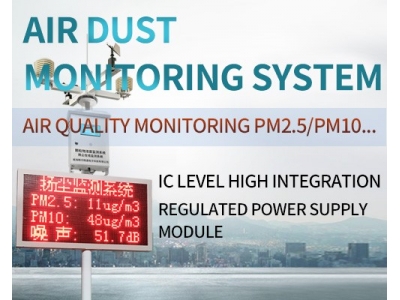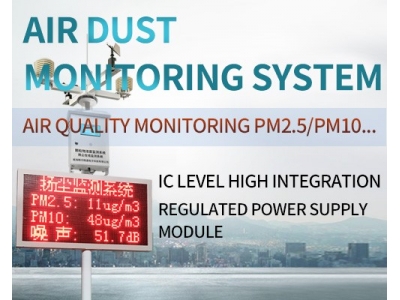Environmental monitoring is essential for ensuring that our air and water are clean and safe for human consumption. By using advanced monitoring techniques, we can detect and mitigate environmental pollution, reducing the risk of health problems and environmental damage. In this article, we will explore how advanced environmental monitoring techniques are helping to create cleaner air and water.

Air Monitoring Techniques
Air pollution is a major problem in many parts of the world, and it can have serious health consequences. Advanced air monitoring techniques allow us to detect and measure air pollution levels, helping us to identify the sources of pollution and take corrective action.
One of the most common air monitoring techniques is the use of air quality sensors. These sensors can detect a wide range of pollutants, including particulate matter, ozone, and nitrogen dioxide. The data collected by these sensors is then analyzed to identify trends and patterns in air pollution levels.
Advanced air monitoring techniques also include the use of satellite imagery and remote sensing. These technologies allow us to monitor air pollution levels over large areas, helping us to identify sources of pollution and track pollution trends over time.
Water Monitoring Techniques
Water pollution is another major environmental problem, and it can have serious health consequences for humans and wildlife. Advanced water monitoring techniques allow us to detect and measure water pollution levels, helping us to identify the sources of pollution and take corrective action.
One of the most common water monitoring techniques is the use of water quality sensors. These sensors can detect a wide range of pollutants, including bacteria, heavy metals, and chemicals. The data collected by these sensors is then analyzed to identify trends and patterns in water pollution levels.
Advanced water monitoring techniques also include the use of satellite imagery and remote sensing. These technologies allow us to monitor water pollution levels over large areas, helping us to identify sources of pollution and track pollution trends over time.
The Benefits of Advanced Environmental Monitoring Techniques
Advanced environmental monitoring techniques provide many benefits, including:
1. Improved public health: By detecting and mitigating environmental pollution, we can reduce the risk of health problems caused by exposure to pollutants.
2. Environmental protection: Advanced environmental monitoring techniques help us to protect our air and water resources, reducing the risk of environmental damage and promoting sustainability.
3. Regulatory compliance: Many industries are required to comply with environmental regulations, and advanced environmental monitoring techniques can help them to meet these requirements.
4. Cost savings: By detecting and mitigating environmental pollution, we can reduce the costs associated with cleanup and remediation.
Conclusion
Advanced environmental monitoring techniques are essential for creating cleaner air and water. By using advanced sensors, satellite imagery, and remote sensing, we can detect and measure environmental pollution levels, helping us to identify the sources of pollution and take corrective action. Advanced environmental monitoring techniques provide many benefits, including improved public health, environmental protection, regulatory compliance, and cost savings. As we continue to face environmental challenges, advanced environmental monitoring techniques will be essential in protecting our air and water resources.






